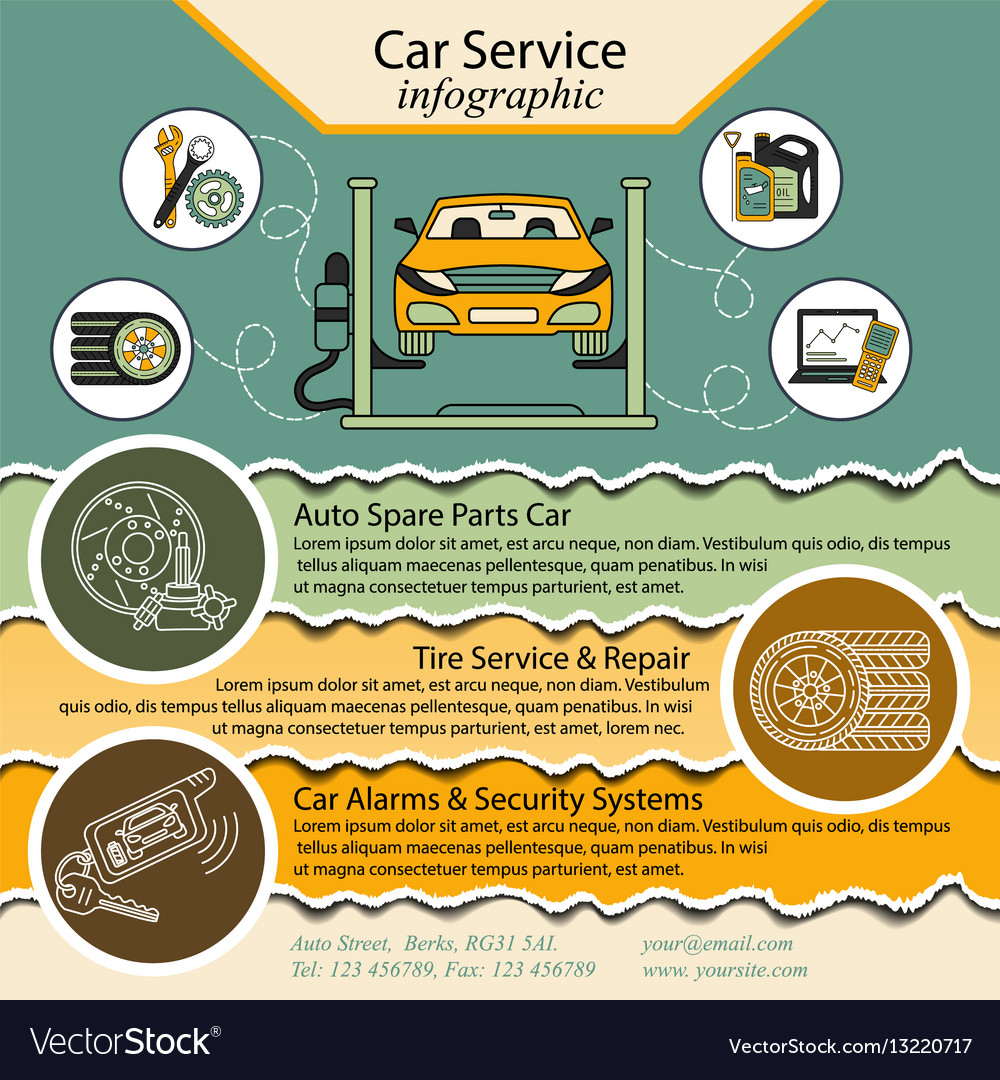Eager To Know What The Control Panel Warning Lights In Your Car Indicate? Explore Their Significances For The Wellness And Safety And Security Of Your Automobile
Eager To Know What The Control Panel Warning Lights In Your Car Indicate? Explore Their Significances For The Wellness And Safety And Security Of Your Automobile
Blog Article
Content Produce By-Termansen Torres
When you lag the wheel, those radiant warning lights on your dashboard can be a bit puzzling. Do you know what they're attempting to inform you concerning your cars and truck's wellness? Recognizing the relevance of these lights is important for your security and the longevity of your automobile. So, truck detailing of those lights turns up, would not you wish to decode its message accurately and take the needed steps to address it?
Common Warning Lighting and Interpretations
Determine common caution lights in your car and comprehend their definitions to make sure secure driving.
One of the most regular caution lights include the check engine light, which indicates concerns with the engine or exhausts system. If this light begins, it's important to have your vehicle inspected immediately.
The oil pressure advising light indicates reduced oil stress, needing immediate focus to prevent engine damages.
A blinking battery light could recommend a damaged billing system, potentially leaving you stranded if not attended to.
The tire stress tracking system (TPMS) light alerts you to reduced tire stress, affecting lorry stability and fuel performance. Neglecting this might lead to unsafe driving problems.
The abdominal light suggests an issue with the anti-lock braking system, jeopardizing your capacity to quit quickly in emergencies.
Last but not least, the coolant temperature alerting light warns of engine getting too hot, which can cause serious damages otherwise dealt with promptly.
Comprehending these common caution lights will aid you resolve issues without delay and maintain secure driving conditions.
Relevance of Prompt Interest
Understanding the common warning lights in your auto is only the first step; the significance of immediately attending to these cautions can not be emphasized enough to guarantee your safety and security on the road.
When a caution light brightens on your control panel, it's your car's way of connecting a potential issue that requires focus. Disregarding these warnings can bring about more severe problems later on, endangering your safety and possibly costing you extra in repairs.
https://angelokfbvp.actoblog.com/32752516/surprisingly-practical-mobile-cars-and-truck-detailing-solutions-not-only-conserve-you-money-and-time-yet-also-boost-your-lorry-s-longevity-discover-how-they-can-change-your-routine to warning lights can prevent malfunctions and crashes. For instance, a blinking check engine light could indicate a misfire that, if left ignored, might create damages to the catalytic converter. Resolving this quickly can save you from a pricey repair.
Likewise, a brake system cautioning light might indicate reduced brake fluid or worn brake pads, critical parts for your safety and security when driving.
Do It Yourself Troubleshooting Tips
If you discover a warning light on your dashboard, there are a couple of do it yourself repairing pointers you can attempt prior to looking for specialist assistance.
The very first step is to consult your car's handbook to understand what the particular caution light indicates. Often the concern can be as straightforward as a loosened gas cap causing the check engine light. Tightening the gas cap might deal with the issue.
Another common concern is a low battery, which can activate various advising lights. Inspecting the battery connections for deterioration and ensuring they're safe and secure may take care of the issue.
If a caution light continues, you can try resetting it by separating the auto's battery for a couple of mins and after that reconnecting it. Additionally, examining your vehicle's liquid levels, such as oil, coolant, and brake fluid, can help repair warning lights connected to these systems.
Conclusion
To conclude, recognizing your auto's warning lights is crucial for keeping your lorry running smoothly and safely. By quickly attending to these informs and knowing what they mean, you can stay clear of costly repair work and prospective malfunctions.
Keep in mind to consult your automobile's handbook for specific details on each alerting light and do something about it appropriately to make sure a trouble-free driving experience.
Remain informed, stay safe on the road!
